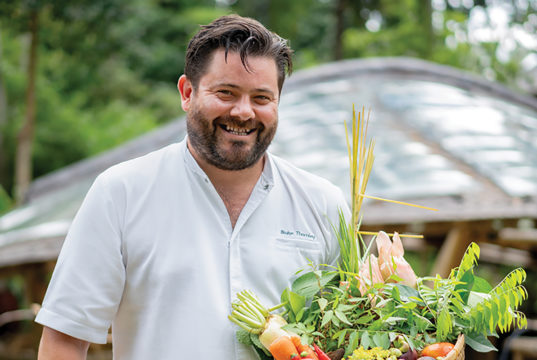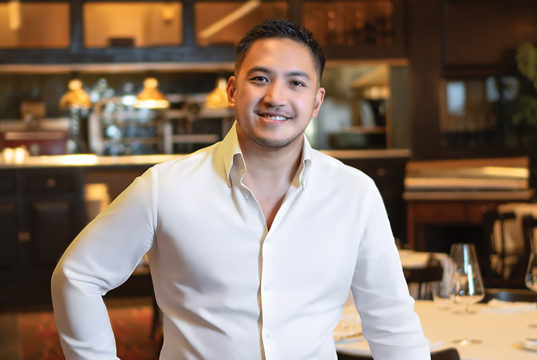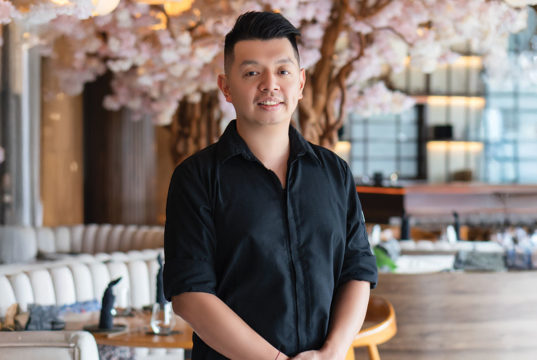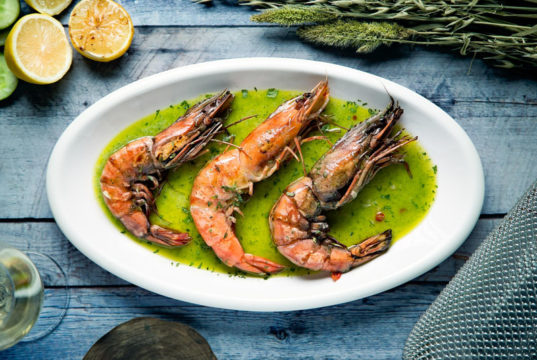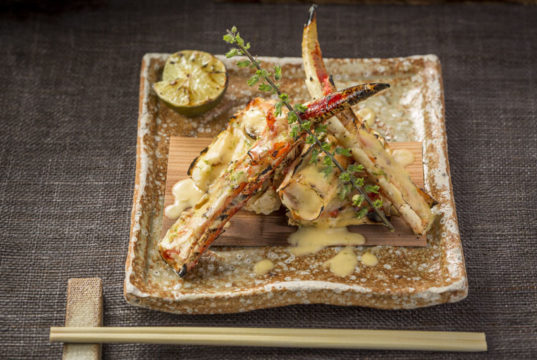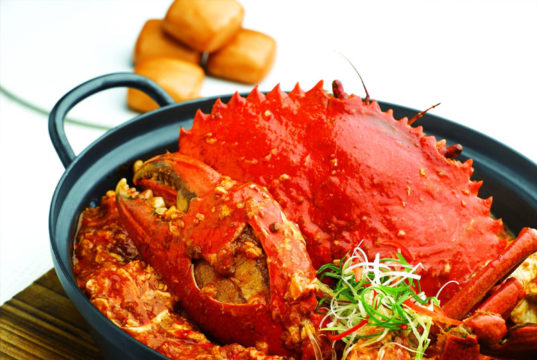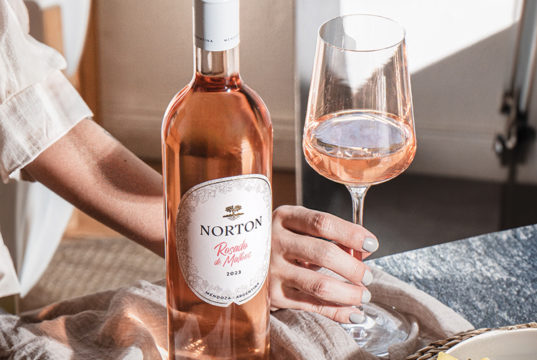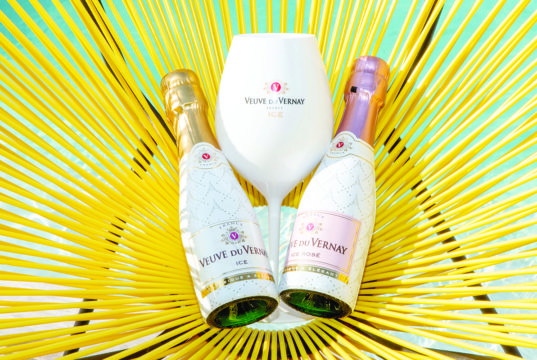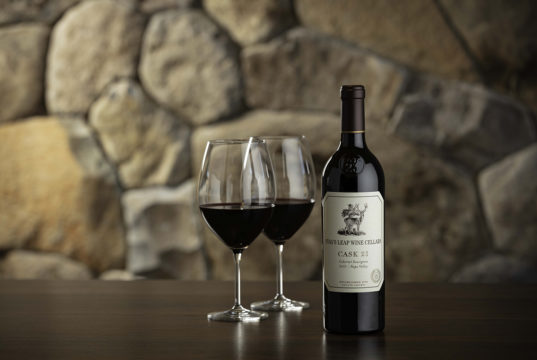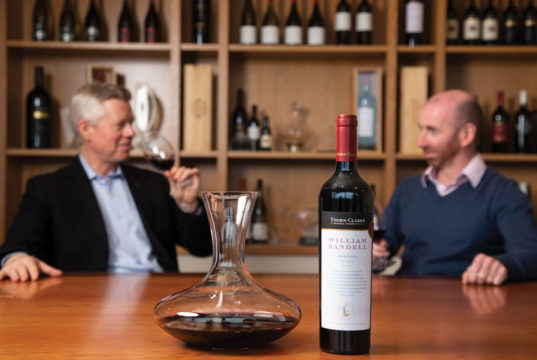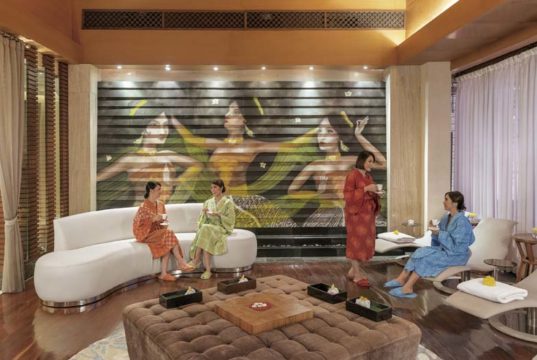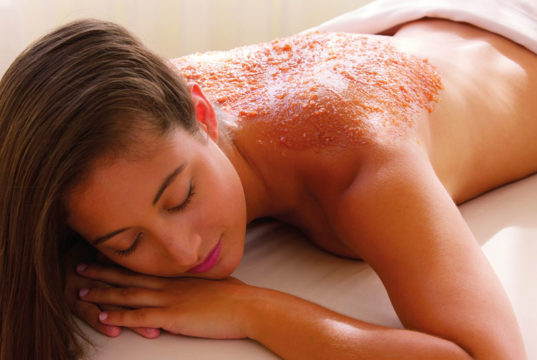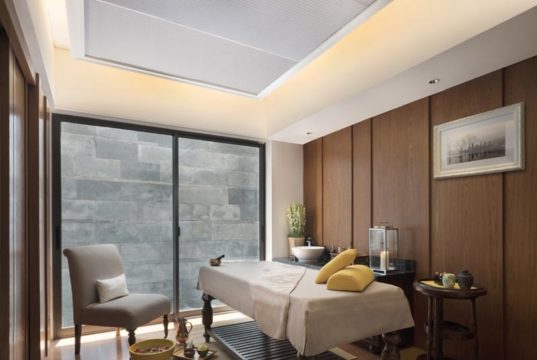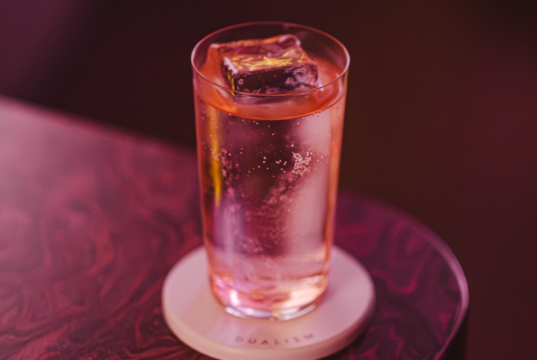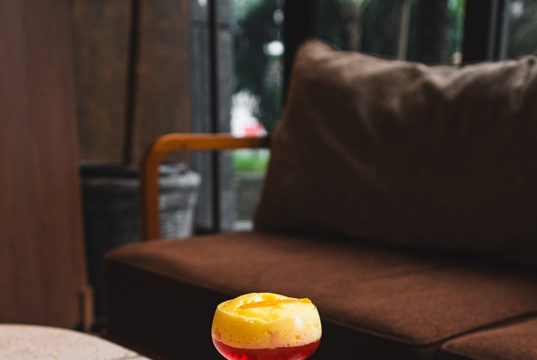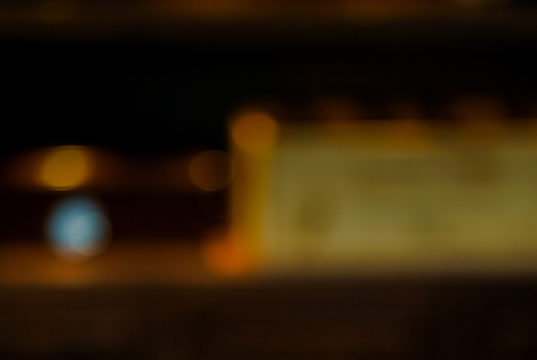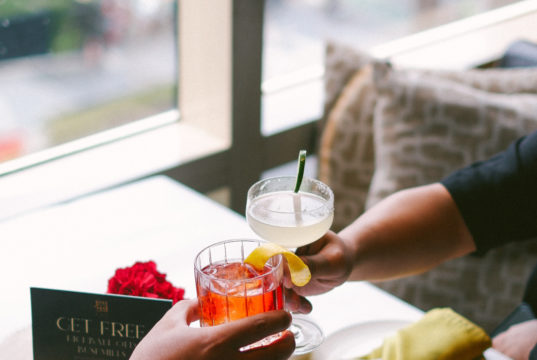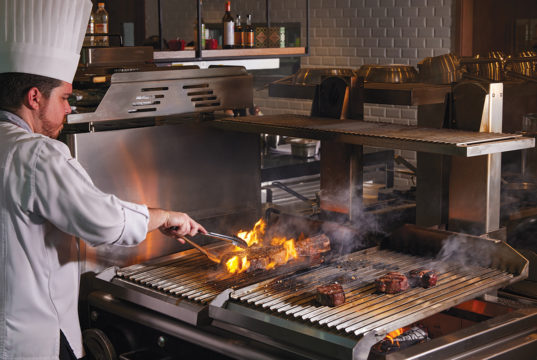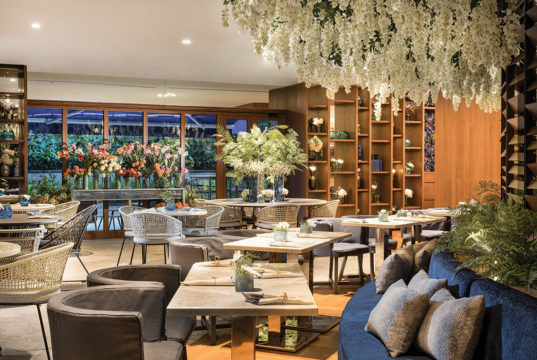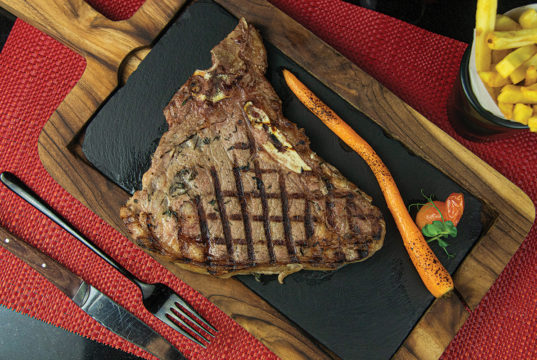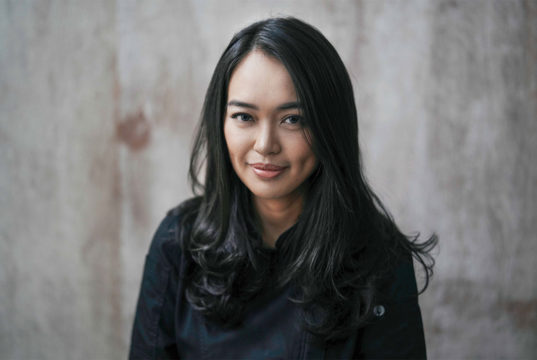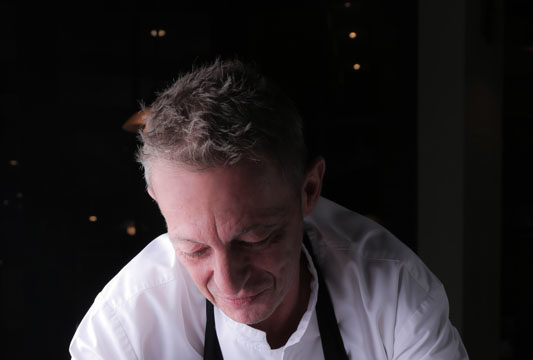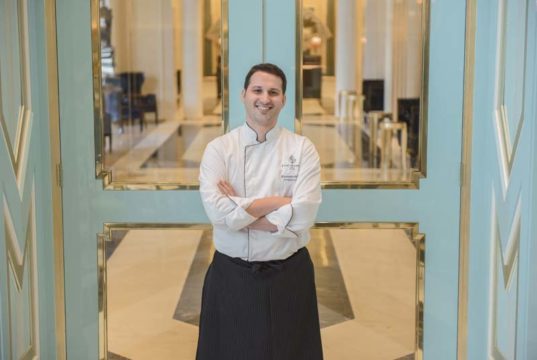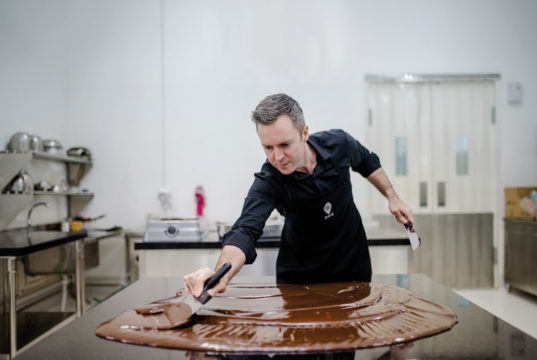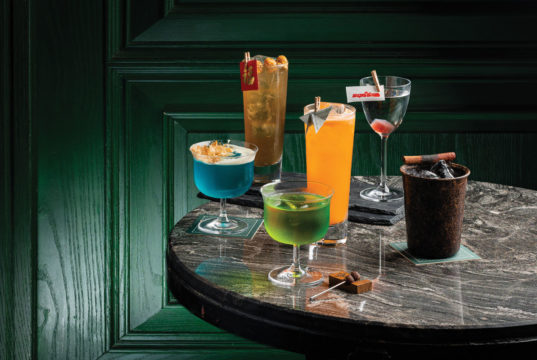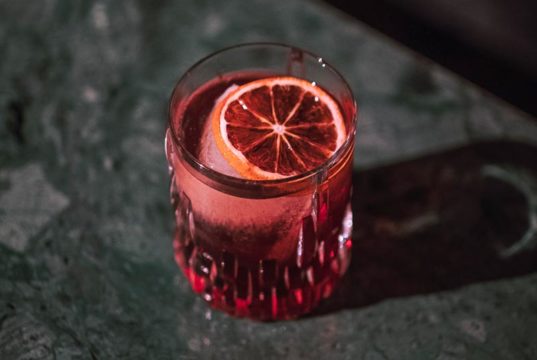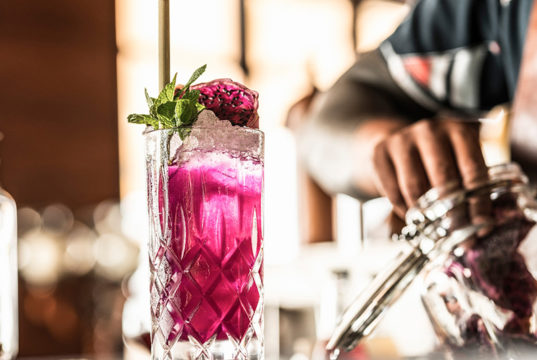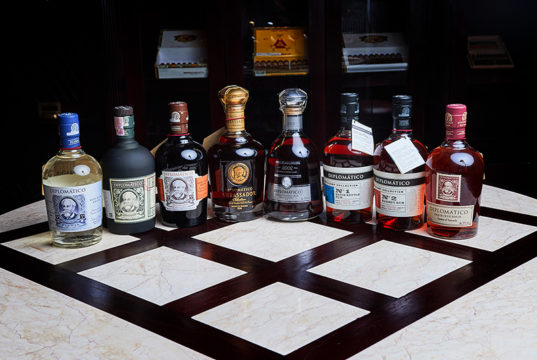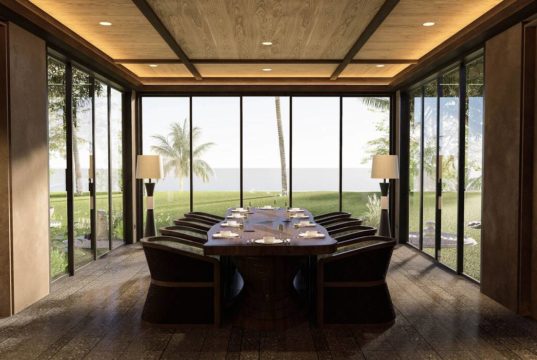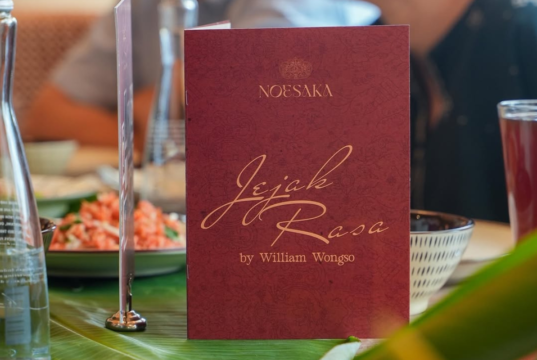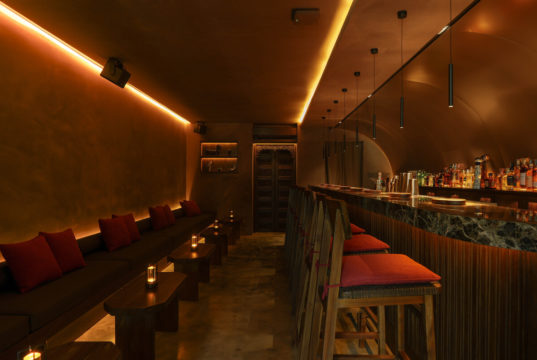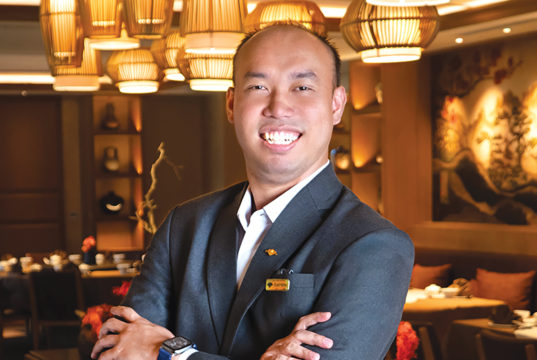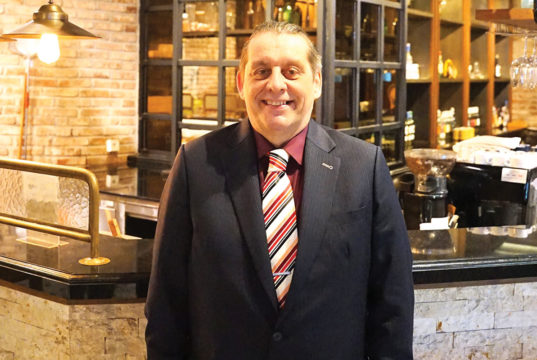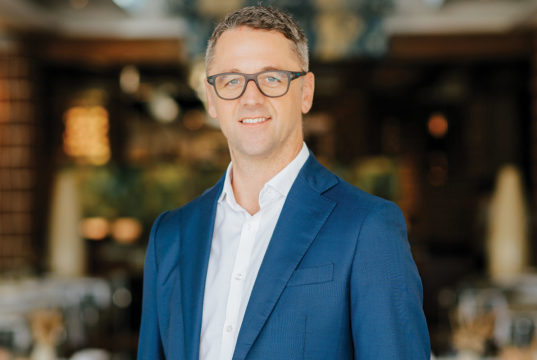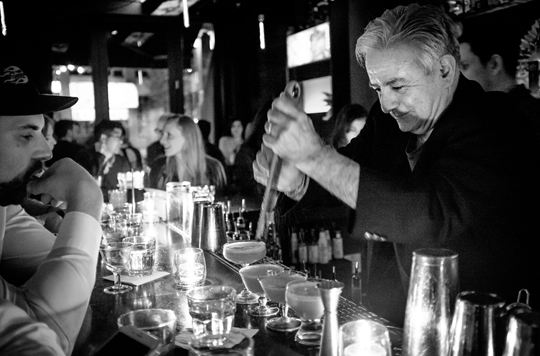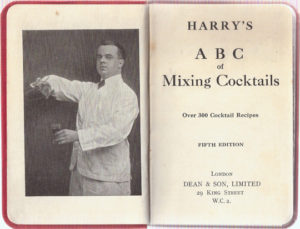–
By Christian Galbraith
The celebrated bartenders of the 1920s and early 1930s might have given the world a selection of legendary drinks, like the Mint Julep and Tom Collins, but it was from the mid 1800s until the Great War that creative bartenders and owners reshaped the bar landscape that led to the first golden age of cocktails.
During this gin-soaked era, a superfluity of drinks such as the aptly named Old Fashioned, the Martini, the Negroni and the Daiquiri were born, an abundance of stylish bars erupted in the world’s cities and the first bartender’s guide was published by Jerry Thomas in 1862; a book that influenced the global bar scene for generations to come.
Because of the early and continued influence of its mixologists and the widespread popularity of the American-styled bar, the cocktail is thought to be a truly American beverage, whilst, in fact, many historians suggest the real roots lay in the experimentalism prevalent in 18th and 19th century Europe and the relaxation of the distilling laws in the same period due to bumper harvests.
America’s claim is well supported by Jerry Thomas’s seminal book of cocktail recipes, a tome that earned him the title as the father of modern bartending. But whilst the book and his own personal contribution cannot be overstated, the bartenders of Paris, London and Milan had already been surfing the cocktail wave for years and were creating exciting new concoctions for the 19th century’s equivalent of the jet-set, well before publication of his work.
The growth of trendy cocktail bars across America, Europe and throughout the centres of colonial influence through the 19th and into the early 20th century was fuelled by both rising wealth and mass travel. Travel and migration meant that many classic cocktails, like the famous Sidecar, first created at the Ritz Hotel in Paris in the 1930s or the Negroni in Milan’s Caffe Campari, created in 1860, found their way to the Americas, only to be brought back years later and marketed, even today, as genuine American classic cocktails!
Whatever the real origins, by the turn of the 20th century, a cocktail culture was emerging not just in London, Paris and New York, but on a truly international scale. All over the world pre-dinner, post-theatre or tucked away in both trendy city and sundrenched tropical bars, cocktails were being created, sipped and discussed by some of the most prominent people alive in settings so stylised that they continue to influence interior designers today in this, the second and current golden age of the cocktail.
The Muddlers & Shakers
Whether trendsetting, creating extraordinary drinks or through producing seminal works, a few trail-blazers throughout history have created the style that, in this, the second golden age of cocktails has endured to become the blueprint for today’s mixologists and bartenders. From famous bartenders of the early 19th and 20th centuries, to the mavericks of the contemporary era, we take a look at some of the people who are true industry legends.
 Jerry Thomas – The Professor | At the top of the list sits Jerry Thomas, The Professor, who, in addition to writing his seminal cocktail recipe book, was a key personality in establishing the lasting style of showmanship that has been the trademark image of many successful bartenders ever since. After stints in Europe, St. Louis, Chicago, San Francisco and New Orleans (such was his fame that whilst resident bartender at the Occidental Hotel in San Francisco, Thomas was earning $100 a week, more than the vice president), he went on to open several bars in New York, where he developed many elaborate techniques and was the first bartender known to mix drinks by juggling bottles and glasses. His contributions have earned him the title as the father of modern bartending.
Jerry Thomas – The Professor | At the top of the list sits Jerry Thomas, The Professor, who, in addition to writing his seminal cocktail recipe book, was a key personality in establishing the lasting style of showmanship that has been the trademark image of many successful bartenders ever since. After stints in Europe, St. Louis, Chicago, San Francisco and New Orleans (such was his fame that whilst resident bartender at the Occidental Hotel in San Francisco, Thomas was earning $100 a week, more than the vice president), he went on to open several bars in New York, where he developed many elaborate techniques and was the first bartender known to mix drinks by juggling bottles and glasses. His contributions have earned him the title as the father of modern bartending.
 Dale DeGroff – King Cocktail | If Thomas was the father of modern bartenders, then surely Master Mixologist Dale DeGroff is the late 20th century’s prodigal son. Winner of two James Beard awards for Wine & Spirits Professional and Food & Beverage, DeGroff is the author of the hugely influential Essential Cocktail and is widely credited as the driving force behind the revival of the cocktail and bartending culture we know it today. King Cocktail, as he is known, developed his extraordinary talent at New York’s famous Rainbow Room, atop the Rockerfeller Center, where, from 1987, he explored the concept of epicurean-influenced cocktails with fresh citrus and big ice cubes creating new and innovative takes on classics such as the Bloody Bull, Pisco Sour and Sidecar. His work continues to inspire young bartenders globally.
Dale DeGroff – King Cocktail | If Thomas was the father of modern bartenders, then surely Master Mixologist Dale DeGroff is the late 20th century’s prodigal son. Winner of two James Beard awards for Wine & Spirits Professional and Food & Beverage, DeGroff is the author of the hugely influential Essential Cocktail and is widely credited as the driving force behind the revival of the cocktail and bartending culture we know it today. King Cocktail, as he is known, developed his extraordinary talent at New York’s famous Rainbow Room, atop the Rockerfeller Center, where, from 1987, he explored the concept of epicurean-influenced cocktails with fresh citrus and big ice cubes creating new and innovative takes on classics such as the Bloody Bull, Pisco Sour and Sidecar. His work continues to inspire young bartenders globally.
Harry MacElhone | First opened in 1911, The New York Bar in Paris was already popular when its former head barman, Scottish Harry MacElhone bought it in 1923. Renamed Harry’s New York Bar, it became one of the most famous bars in the world and birthplace of many enduring classic cocktails such as the French 75, Monkey Gland and Bloody Mary. Elegant style and fantastic cocktails aside, it was the place to be seen and was as famous for its patrons, such as Rita Hayworth, Coco Chanel, Humphrey Bogart and the Duke of Windsor, as much as its drinks.
 Ada ‘Coley’ Coleman | Over the years, The Savoy’s American Bar has seen some true stars muddling and shaking behind its classic bar: Erik Lorincz, the current head bartender, Peter Dorelli, or Harry Craddock, who penned The Savoy Cocktail Book in 1930, to name but a few. But one name stands out from an outstanding list, a certain Ada ‘Coley’ Coleman who joined the acclaimed bar in 1903 after mixing her first Manhattan way back in 1899 at another famous London landmark; Claridges Hotel. With a clientele that included the Prince of Wales, Prince Wilhelm of Sweden and Mark Twain, her legacy was the Hanky Panky cocktail, a drink she created for Sir Charles Hawtrey who had asked her to create something with a bit of extra punch. On tasting her new drink he drained the glass and exclaimed ‘By Jove! That is the real hanky-panky!’ And Hanky-Panky it has been called ever since.
Ada ‘Coley’ Coleman | Over the years, The Savoy’s American Bar has seen some true stars muddling and shaking behind its classic bar: Erik Lorincz, the current head bartender, Peter Dorelli, or Harry Craddock, who penned The Savoy Cocktail Book in 1930, to name but a few. But one name stands out from an outstanding list, a certain Ada ‘Coley’ Coleman who joined the acclaimed bar in 1903 after mixing her first Manhattan way back in 1899 at another famous London landmark; Claridges Hotel. With a clientele that included the Prince of Wales, Prince Wilhelm of Sweden and Mark Twain, her legacy was the Hanky Panky cocktail, a drink she created for Sir Charles Hawtrey who had asked her to create something with a bit of extra punch. On tasting her new drink he drained the glass and exclaimed ‘By Jove! That is the real hanky-panky!’ And Hanky-Panky it has been called ever since.
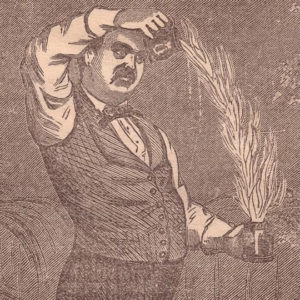 Charles H Baker | Charles H. Baker is unique in this list because he was never a bartender and yet for food and cocktail historians his importance may well surpass any of those already discussed. Baker spent much of his life travelling the world chronicling food and drink recipes for magazines like Esquire, Town & Country and Gourmet and it is from his records that we can glimpse a time well past. Baker published his famous two-volume set, The Gentleman’s Companion: Being an Exotic Cookery and Drinking Book, in 1939 of which Condé Nast’s writer St. John Frizell wrote, “It’s his prose, not his recipes, that deserves a place in the canon of culinary literature … at times humorously grandiloquent, at times intimate and familiar, Baker fills his stories with colourful details about his environment and his drinking companions — Ernest Hemingway and William Faulkner among them”.
Charles H Baker | Charles H. Baker is unique in this list because he was never a bartender and yet for food and cocktail historians his importance may well surpass any of those already discussed. Baker spent much of his life travelling the world chronicling food and drink recipes for magazines like Esquire, Town & Country and Gourmet and it is from his records that we can glimpse a time well past. Baker published his famous two-volume set, The Gentleman’s Companion: Being an Exotic Cookery and Drinking Book, in 1939 of which Condé Nast’s writer St. John Frizell wrote, “It’s his prose, not his recipes, that deserves a place in the canon of culinary literature … at times humorously grandiloquent, at times intimate and familiar, Baker fills his stories with colourful details about his environment and his drinking companions — Ernest Hemingway and William Faulkner among them”.




